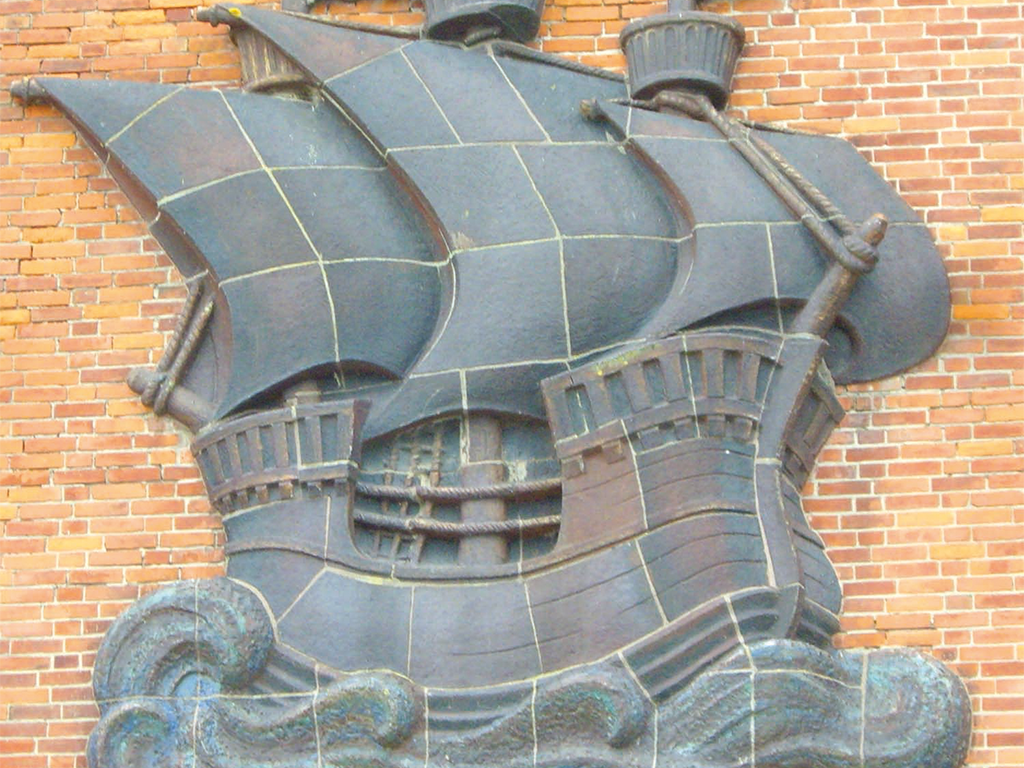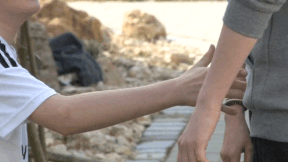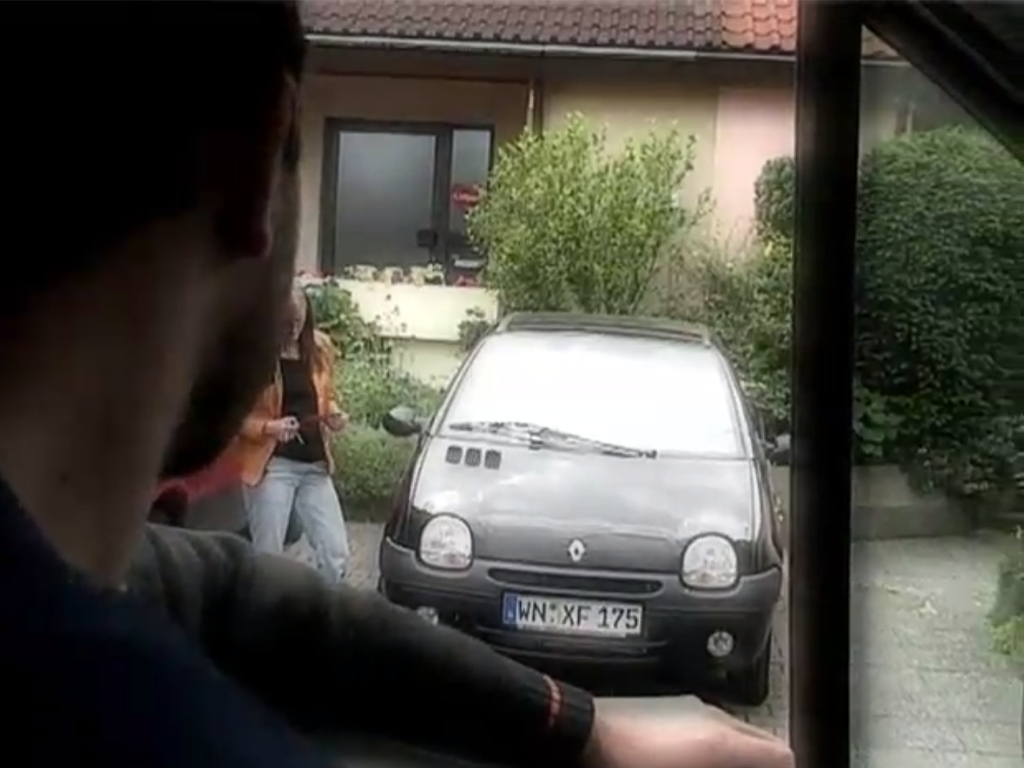 History
History


46500896 / 55500652
Hansa
League of Towns and Economic Power
Since the 11th century the population in Europe was growing. The reason for it was, among other things, an increase in agricultural production due to a good climate. A period of town foundations began which lasted over 300 years. The trading settlement of Lübeck was founded in the Baltic Sea region as a rival to Schleswig. Due to its favourable location the new town rapidly attracted more and more merchants. The revenue from trade clearly exceeded the taxes from the peasants and therefore the rulers encouraged trade. The growing population in Europe could not or did not want to provide themselves with locally available products. As a result, long-distance trade became an increasingly profitable business. Especially the upper sectors of the population were supplied with luxury goods.
Play trailer

Curriculum-centred and oriented towards educational standards
Matching
Mobile Learning II
Oh, what’s that? Original soundtrack Thissen: “As our children grow up in a media world and naturally handle the media, they should also be a topic in school.“ An older child says the point is that they don’t just load down apps but create things themselves that haven’t existed so far. Hi, I’m Jana. A propeller hat. I’ll put it on. Now I’m no longer a simple rhino, but a flying rhino. Original soundtrack Thissen: “It’s exactly the great flexibility of tablets that promotes very personalised and adapted learning.” Original soundtrack Welzel: “It’s fascinating to see how the children grow with their products and how they always want to improve them.” The Westminster Abbey is a church in London for the royal family. Original soundtrack Welzel: “And?“ They think it is ok.









